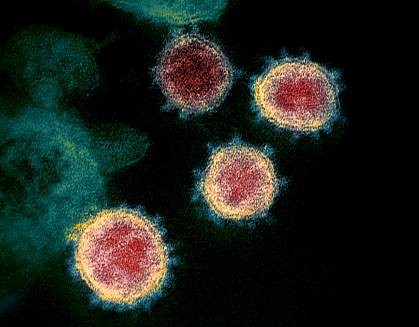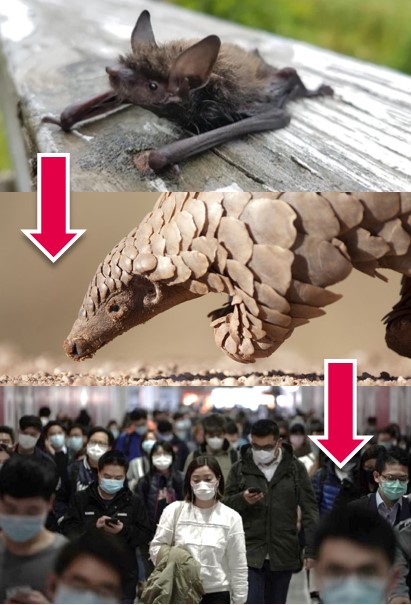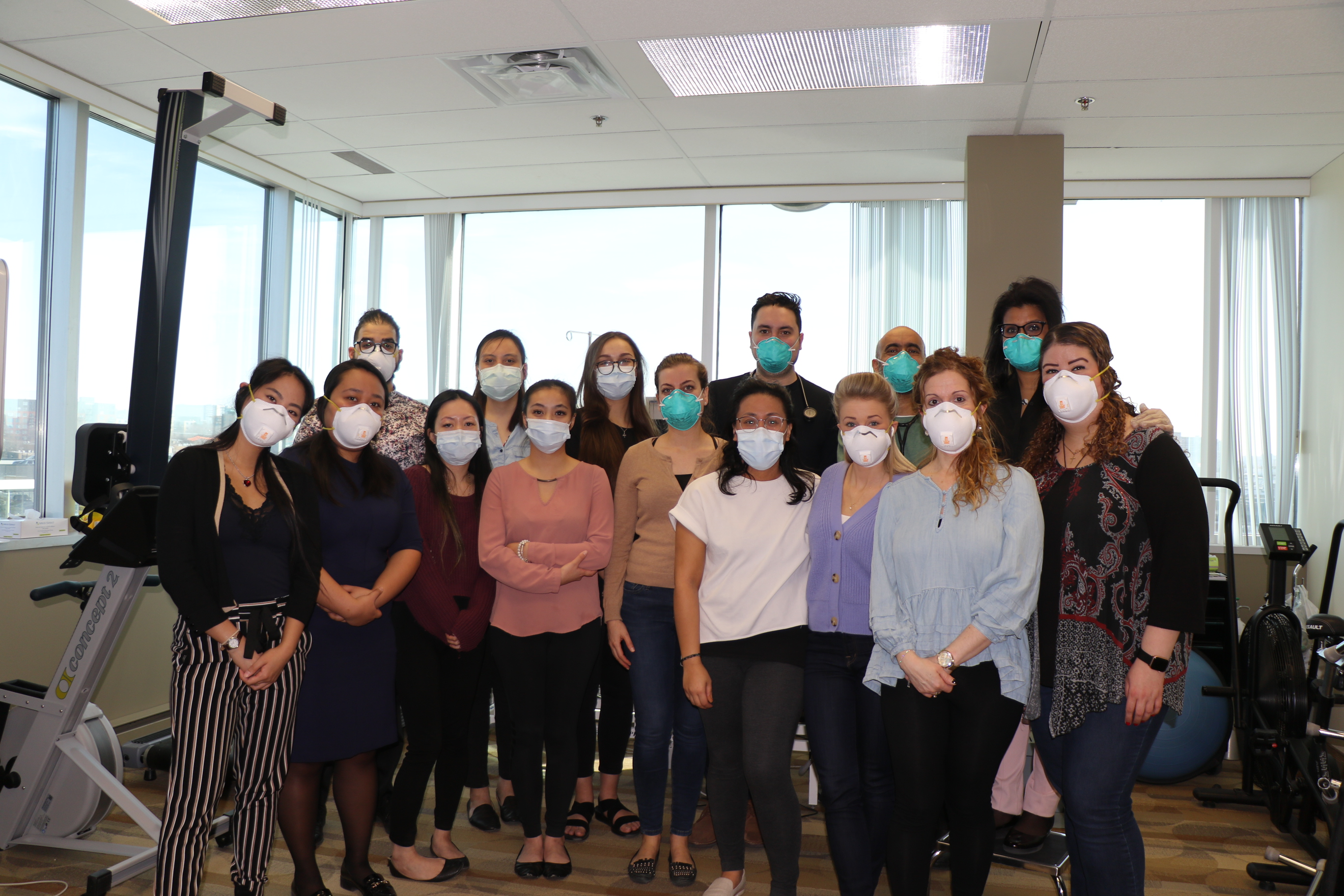March 12, 2020 /
educational / recommended
Under the Microscope
Coronaviruses are a fairly common family of viruses that live in the environment and are typically benign.
As in not dangerous.
They are responsible for about 25% of all common cold illnesses.
These viruses are named after their regal appearance under the microscope after the Latin word “corona”, or crown.

Pictured: SARS-CoV-2, the virus that causes COVID-19, isolated from a patient in the U.S.
Where did COVID-19 come from and why are we worried about it?
At the end of 2019, a new coronavirus was found to cause a cluster of pneumonia cases in Wuhan, a city in the Hubei Province of China.
Occasionally when a coronavirus first circulates in an animal, it causes mutations to the virus, which can be transmitted back to humans and cause more severe disease.
While the full details have not been released yet, presumptively, a COVID-19 started with a coronavirus found in bats which was then transmitted to pangolins, and then finally to humans.

As of now, there are currently over 135,000 confirmed cases of COVID-19 and over 4,600 deaths worldwide.
What are the symptoms of COVID-19?
Most people are either asymptomatic (no symptoms at all) or experience very mild symptoms – fever, cough, muscle aches.
Some cases, however, may progress to more severe symptoms such as shortness of breath, significant respiratory distress, or becoming critically ill. This is more commonly seen in individuals 60 years of age and older, smokers, individuals with a suppressed immune system or other underlying medical conditions.
How does the virus spread? How long does it take to get symptoms?
The virus spreads primarily through contact either directly with an individual with COVID-19 or indirectly through touching a contaminated surface. Shaking hands with someone with the virus then touching your nose, mouth, or eyes is the most common way to spread infection. The virus can also spread via airborne transmission when someone coughs or sneezes, and can be found in stool samples as well. Once infected, symptoms typically present within five to fourteen days later – this is called the incubation period.
When should I go to the hospital?
The main criteria for going to the emergency are:
1- You are experiencing either:
– Cough
– Fever
– Shortness of breath
2- You reside in, or have recently (within 14 days) traveled to an area where community transmission – community transmission is when infections within a population were not imported from another virus-hit area – is reported, OR…
3- You have had recent (again, within 14 days) close contact with a confirmed or suspected COVID-19 case.
Which hospital do I go to?
Currently, Quebec has five designated coronavirus managing hospitals. They are:
– Jewish General Hospital (Montreal)
– Sainte-Justine Hospital (Montreal – children)
– Quebec Heart and Lung Institute (Quebec City)
– Centre Hospitalier de L’Université de Laval (Quebec City)
– Hôtel-Dieu Clinic (rue St-Urbain)
How can I prevent the spread of coronavirus?
We can reduce the spread of infection with some of these few basic measures:
– Frequent hand washing – with either soap and water or alcohol-based hand sanitizer, it is important to wash your hands before, during and after meal preparation, before eating, after using the washroom, coughing, sneezing, public transit use and all public places, and of course, when hands are visibly soiled.
– Avoid touching your eyes, nose or mouth – these are the likely entry points of the virus.
– Alternative social greetings – avoid shaking hands, kissing or hugging in public. We recommend a friendly elbow-to-elbow bump or bow! Also, try to maintain at least a one meter (3 feet) distance between yourself and anyone coughing or sneezing.
– Coughing/sneezing etiquette – try shielding your mouth with the fold of your arm.
– Maintaining healthy habits – eat and hydrate well, get enough sleep and exercise!
– Reduce your risk of weakening infections – if not already done, we recommend getting the flu shot.
Our efforts behind the scenes
Universal precautions have been implemented at Cardiogenix to provide protection to patients and staff.
You will see us all wearing masks as well as gloves.
As well, we have tripled our standard clinics’ sterilization protocols.
We also have a designated area for those experiencing concerning symptoms.
It is perfectly normal to feel overwhelmed, scared, or stressed when hearing about the coronavirus
on the internet and in the news. Talking to people you trust can help.
We’re all in this together.
